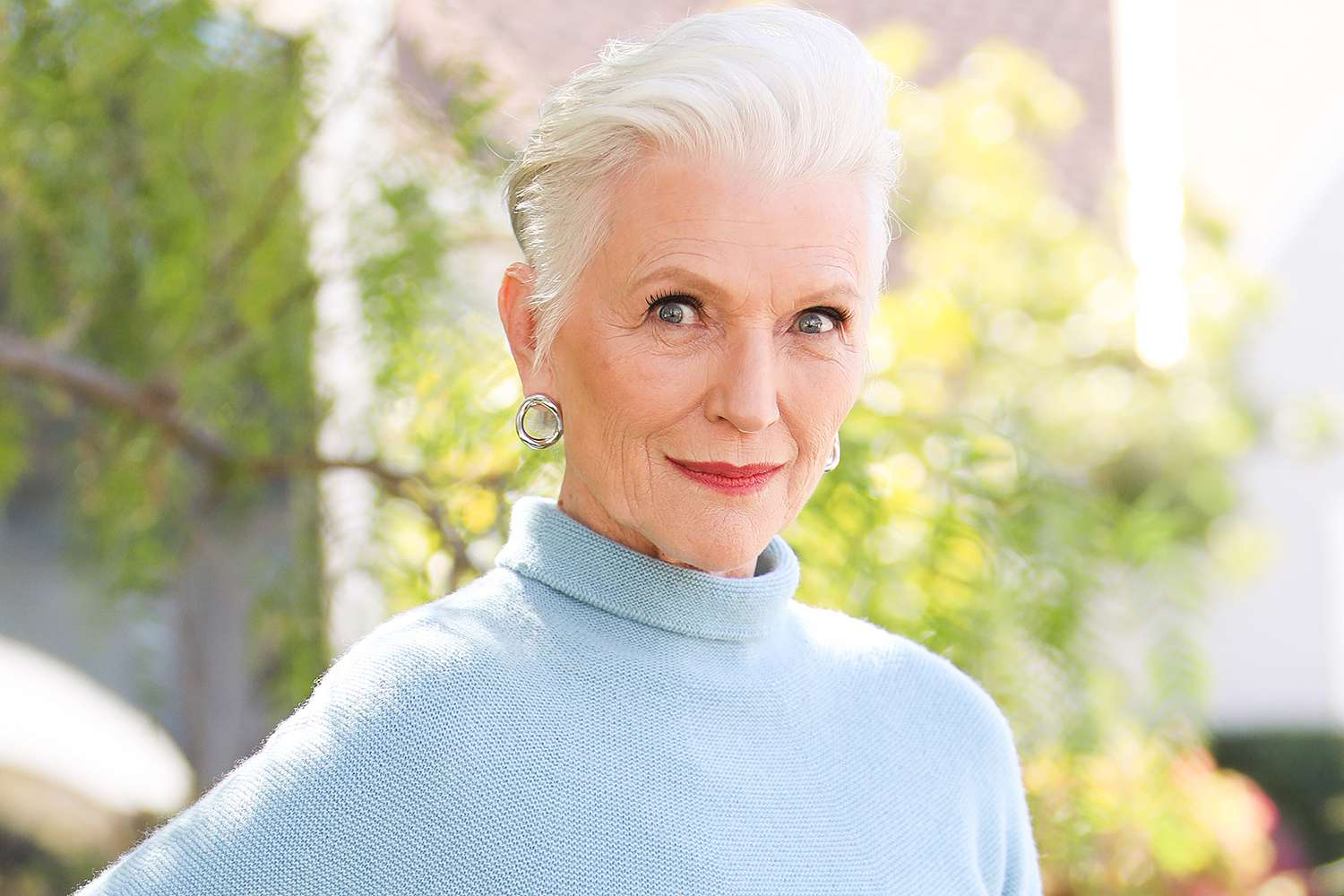


The death of renowned biomedical researcher Leonard Hayflick sparks conversations about his game-changing discovery that cells have an inbuilt clock and are capable of dividing only a certain number of times, thus determining the maximum lifespan of humans and other organisms. This discovery revolutionized the understanding of aging, challenging the previous belief that it is merely a result of external factors. While some scientists argue that this limit is a cause of aging, others see it as a symptom, with the possibility of extending human lifespan through the manipulation of telomeres. However, practical applications of this discovery are still distant.
Leonard Hayflick and the Hayflick Limit: Unraveling the Enigma of Cellular Aging
Introduction
The death of renowned biomedical researcher Leonard Hayflick in 2019 sparked a resurgence of interest in his groundbreaking discovery concerning cellular aging. Hayflick revolutionized our understanding of the aging process, challenging the long-held belief that it was solely driven by external factors.
The Hayflick Limit
Hayflick discovered that normal human cells have a finite capacity for cell division, known as the Hayflick limit. This limit is typically set at around 50 to 70 population doublings, meaning that cells can only divide a certain number of times before they enter a state of senescence or programmed cell death.
This discovery has profound implications for our understanding of aging. It suggests that aging is an intrinsic biological process, driven by the gradual depletion of cellular regenerative capacity rather than external stressors alone.
Telomeres and Cell Division
Telomeres, protective caps located at the ends of chromosomes, play a crucial role in the Hayflick limit. Each time a cell divides, its telomeres shorten slightly. When telomeres become too short, they trigger cellular senescence or apoptosis, ensuring the cell's inability to divide further.
Implications for Human Lifespan
The Hayflick limit provides an upper limit to human lifespan. If we assume that the maximum number of cell divisions for human cells is around 70, and that the average human cell cycle takes approximately 2.5 years to complete, we arrive at a theoretical maximum lifespan of around 175 years.
However, it's important to note that this theoretical lifespan is just that - theoretical. In reality, human lifespan is influenced by a complex interplay of genetic, environmental, and lifestyle factors.
Top 5 FAQs
1. Can the Hayflick limit be extended?
While practical applications are still distant, some research suggests that extending lifespan through the manipulation of telomeres is possible. However, much more research is needed before any such interventions can be applied clinically.
2. Can humans exceed the Hayflick limit?
There have been reports of certain immortalized cell lines, such as HeLa cells, which seem to have bypassed the Hayflick limit. However, these cells have lost their ability to control cell growth and can potentially lead to cancer.
3. Are there other species that do not have a Hayflick limit?
Certain species, such as lobsters and turtles, do not appear to have a Hayflick limit. They can continue to grow and divide cells throughout their lifetime without showing signs of cellular senescence.
4. What are the practical applications of the Hayflick limit?
The Hayflick limit has implications for tissue engineering and regenerative medicine. By understanding the cellular aging process, researchers can potentially develop ways to rejuvenate tissues and organs.
5. How does the Hayflick limit relate to disease?
Cellular aging and the Hayflick limit are implicated in various age-related diseases, including cancer, neurodegenerative disorders, and cardiovascular disease. By studying the underlying mechanisms, researchers hope to develop therapeutic interventions to prevent or treat such diseases.
Conclusion
Leonard Hayflick's discovery of the Hayflick limit has fundamentally changed our understanding of aging. While the theoretical implications are profound, practical applications are still in their infancy. Ongoing research into cellular aging holds the promise of unlocking new approaches to extending human healthspan and treating age-related diseases.

WHO has released its first-ever global guideline on managing sickle cell disease (SCD) during pregnancy, highlighting the dangers faced by women and their babies. SCD is an inherited blood disorder with potentially fatal consequences, and the health risks intensify during pregnancy. The new guideline aims to improve outcomes for pregnant women with SCD and calls for more investment in evidence-based treatments and disease awareness. With SCD on the rise globally, increasing numbers of maternity care providers need to be equipped to handle its challenges.

On Thursday, March 19 at 5:01 a.m. ET, the vernal equinox or the first day of spring will take place in the Northern Hemisphere. This marks the beginning of the season of longer days and warmer weather as the sun's rays fall directly on the equator. Despite popular belief, day and night are not exactly the same length on the equinox due to atmospheric refraction. The summer and winter solstices and the autumnal equinox also have significant impacts on the Earth's tilt and the length of daylight hours.

A new, inexpensive Arduino-based logger has been developed for accurately mapping the depths of water bodies. By using budget-friendly hardware such as a GPS module and an SD card, combined with a standard NMEA capable echolot sounder, this device is accessible and practical for scientists, recreational enthusiasts, and more. With the added use of Python and matplotlib, users can now easily transform the collected data into detailed depth maps, revealing vital information about water levels and shallow spots in various environments.

After a 28-hour journey through space, Group Captain Shukla has become the first Indian to board the International Space Station (ISS). Accompanied by three other astronauts from the Axiom-4 mission, the ISS is now hosting a total of 11 people. Shukla was welcomed with hugs by the astronauts already stationed at the ISS and presented with the astronaut number 634. As the pilot of the mission, Shukla was given a number ahead of his fellow rookie astronauts and was offered a liquid diet to refresh himself before exploring the six-bedroom facility in space.

Indian astronaut Shubhanshu Shukla has successfully docked with the International Space Station on the Axiom Mission 4. This marks a proud milestone in Indian space history, as Shukla becomes the first Indian to reach the ISS. The docking process involved intricate procedures, and upon arrival, Shukla and his crew were welcomed with warm hugs and will conduct various experiments during their 14-day mission on the ISS.

After a 28-hour journey, Indian astronaut Shubhanshu Shukla and three other astronauts were welcomed onto the International Space Station (ISS) by the expedition team. Shukla expressed his gratitude and excitement for the 14-day mission, where they will conduct scientific experiments and interact with people on Earth. He also shared his amazement at the view and the warm welcome he received from the ISS crew.

Indian astronaut Shubhanshu Shukla has been launched to the International Space Station as part of the Axiom 4 mission aboard the SpaceX Dragon spacecraft. The spacecraft is currently en route to the ISS and is expected to dock with the Harmony module on June 26. The mission, led by Peggy Whitson, will last for two weeks and include scientific research, outreach activities, and commercial projects. Shubhanshu Shukla is joined by mission specialists from ESA and HUNOR. Get to know all about this historic mission carrying an Indian astronaut to space after 40 years.

After multiple delays, the Axiom-4 mission has finally launched with Indian astronaut Shubhanshu Shukla onboard for an important space mission. The spacecraft, carrying Shukla as the pilot along with three other astronauts, will dock at the International Space Station in a few hours. This joint mission between India, Poland, and Hungary marks a significant step in international human spaceflight collaborations and showcases India's ambitions in global space exploration. Shukla's journey not only symbolizes India's return to human spaceflight but also propels the country's human space program to new heights.

Group Captain Shubhanshu Shukla, a native of Lucknow, is commanding the Axiom-4 Mission to the International Space Station, breaking barriers for India in space exploration. As his family watches the live broadcast of the historic event, they express their pride and excitement for Shukla's role as a key member of the international crew. Along with Commander Peggy Whitson, Shukla and the team will carry out groundbreaking research and outreach during their 14-day mission.

The successful launch of the Axiom Mission 4, carrying astronauts from India, Hungary, Poland, and the US, has sparked celebrations across the country. Group Captain Shubhanshu Shukla, the Indian astronaut on board, has received wishes and cheers from prominent leaders, including President Droupadi Murmu and Prime Minister Narendra Modi. The mission is expected to lead to new frontiers in scientific studies and space exploration, showcasing the enduring partnership between NASA and ISRO.